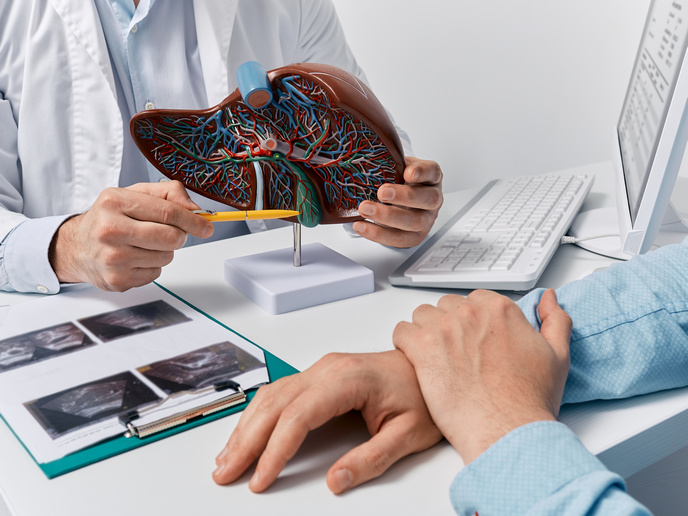The complex metabolic profile of diabetes
The incretin hormones – glucagon-like peptide (GLP-1) and gastric inhibitory peptide (GIP) are secreted from the gut in response to food intake. Their primary role is to amplify nutrient-induced insulin release, which is lost in obesity and type 2 diabetes. Glucagon acts as a counter-regulatory hormone to insulin and may therefore also be essential in type 2 diabetes pathophysiology. The EU-funded INSGEN (The incretin system: From genetic determinants to impact on early development of type 2 diabetes in the population) project investigated how disturbances in the gut incretin system could drive the development of type 2 diabetes alongside genetic and pathophysiological factors. For this purpose, they performed phenotyping and genotyping on a well-characterised cohort (Addition-Pro) of individuals at key stages of increased diabetes risk. Over 500 000 genetic markers were genotyped and the plasma levels of GLP-1 and GIP were measured. Researchers examined the effect of these genetic markers on incretin and glucagon levels during an oral glucose challenge. Compared to normal individuals, individuals with pre-diabetes or type 2 diabetes had lower GLP-1 concentrations during the oral glucose test, independent of age and obesity. This finding suggests that reduced GLP-1 responses to glucose occur prior to the development of type 2 diabetes and obesity. Additionally, researchers observed increased fasting glucagon levels and delayed glucagon suppression in parallel with insulin resistance. This indicated that glucose maintenance during insulin resistance was dependent not only on hyperinsulinemia but on the ability to suppress glucagon. With respect to GIP, results suggested an association with improved low-density lipoprotein clearance, but with an unhealthy fat distribution independent of insulin. Interestingly, the effect of GIP on obesity measures was substantially different between men and women. Although no significant associations were found between the known type 2 diabetes risk variants and the levels of GLP-1, GIP or glucagon, the findings of the INSGEN study emphasise the complexity of the metabolic network in this disease. The generated knowledge has the potential to lead to effective prevention strategies for diabetes.







